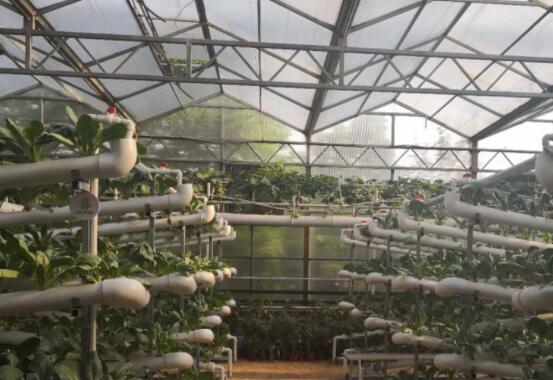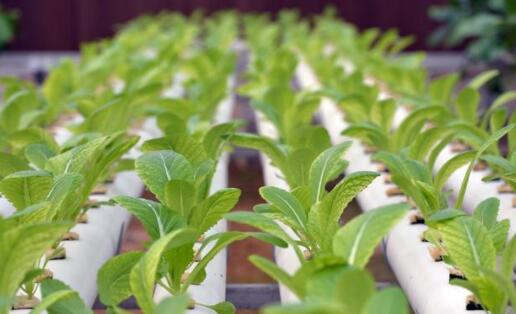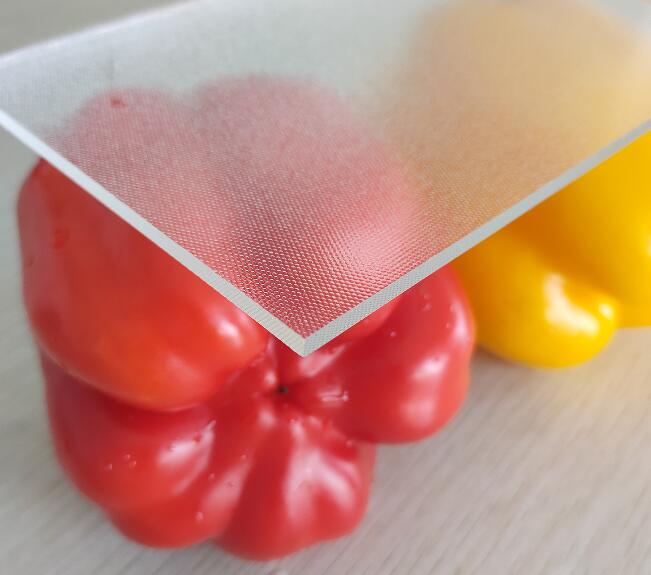
Six precautions for soilless cultivation nutrient solution in Greenhouse
At present, the greenhouse planting technology is relatively mature, and soilless cultivation has become the mainstream cultivation method. Many owners are easy to ignore the proportion of nutrient solution. Let's understand the six precautions for the proportion of nutrient solution in greenhouse.

Effect of culture medium on nutrient solution
The source of greenhouse planting matrix is usually collected externally or in situ. However, the pH value of the substrate is different. For example, peat ash is acidic or strongly acidic, and rice husk and mushroom residue are alkaline. If the pH value of matrix is too high, it will cause plants to lack nutrients. When planting, it is necessary to adjust the pH of the substrate.

Phosphorus concentration
In the process of plant element supplement, too high is not good, too low is not enough. The phosphorus element in the nutrient solution need not be added too high, otherwise it will affect the absorption of plants to copper, iron, manganese and zinc. The high phosphorus content will hinder the absorption of plants to nutrient elements.
Ratio of nitrogen, phosphorus, potassium, calcium, magnesium and other elements
The proportion of nutrient solution pays attention to balanced absorption. Excessive element proportion will lead to the absorption of other nutrient elements by plants, such as excessive potassium will absorb calcium and magnesium plasma.

In short, the soilless cultivation of tomato has a large demand for nutrients during the growth period. The comparative example of potassium and calcium is 1:1. The absorption of nitrogen, potassium, calcium, phosphorus and magnesium is low. It mainly ensures the balance treatment of each element.
Water quality impact
Water is an important part of soilless cultivation. Many greenhouse water is basically made from local materials. Although the water will be purified, all water sources will not contain harmful substances and will not be polluted. Among them, sodium ion is no more than 50 μ L and chloride ion is no more than 70 ml. excellent water quality needs to be treated in advance.
Treatment of trace elements
In the configuration of nutrient solution, to prevent crops from lacking iron, iron is generally supplied separately. Inorganic iron is easy to precipitate in high pH solution. Generally, whole chelated iron is selected. Chelated iron of synthetic iron is easy to cause copper and iron deficiency. For the configuration of phosphorus and chelated iron, it is necessary to double the nutrient solution of zinc.
Nitrate nitrogen and ammonium nitrogen
The main nitrogen sources of plants are nitrate nitrogen and ammonium nitrogen. Ammonium nitrogen in nutrient solution can improve the absorption efficiency of nitrate nitrogen. The allocation proportion of ammonium nitrogen accounts for 5% of ammonium nitrogen, which can reduce the total amount of nitrogen by 10-20%. Ammonium nitrogen does not exceed 30% of total nitrogen. Excessive ammonia poisoning is easy to occur. In high temperature season, plant cell respiration is accelerated and sugar concentration is reduced, which can not meet the normal metabolism of ammonium, resulting in ammonia accumulation and root death.
The nutrient solution of soilless cultivation crops in greenhouse is the main nutrient source of plants. Reasonable and scientific nutrient ratio can ensure the normal growth needs of crops.
Tags:anti-reflective glass diffuse glass agricultural greenhouses glass greenhouse venlo greenhouse AR glass greenhouses glass agricultural glass horticultural glass #greenhouseglass #Antireflectiveglass #Diffusetemperedglass #Ultrawhitefloatglass #agriculturalgreenhouseglass #diffuseglass #horticulturalglass #Tomatogreenhouse #Coloredpeppergreenhouse #Lettucegreenhouse #Agriculturalgreenhouse #ARglass #venlogreenhouse #greenhouseglass #Antireflectiveglass #Diffusetemperedglass #Ultrawhitefloatglass #agriculturalgreenhouseglass #diffuseglass #horticulturalglass #Tomatogreenhouse #Coloredpeppergreenhouse #Lettucegreenhouse #Agriculturalgreenhouse #ARglass #venlogreenhouse #GlassManufacturer #invernadero #ArchitecturalGlass #ClearFloatGlass #FloatGlass
Previous:Carbon dioxide -- an important role in modern intelligent glass greenhouse
Next:Construction and application of intelligent glass greenhouse



















